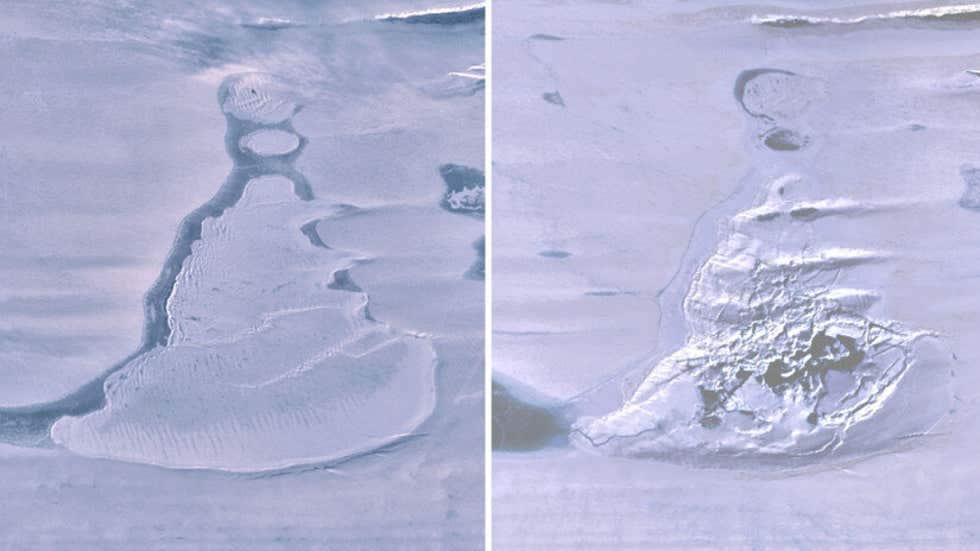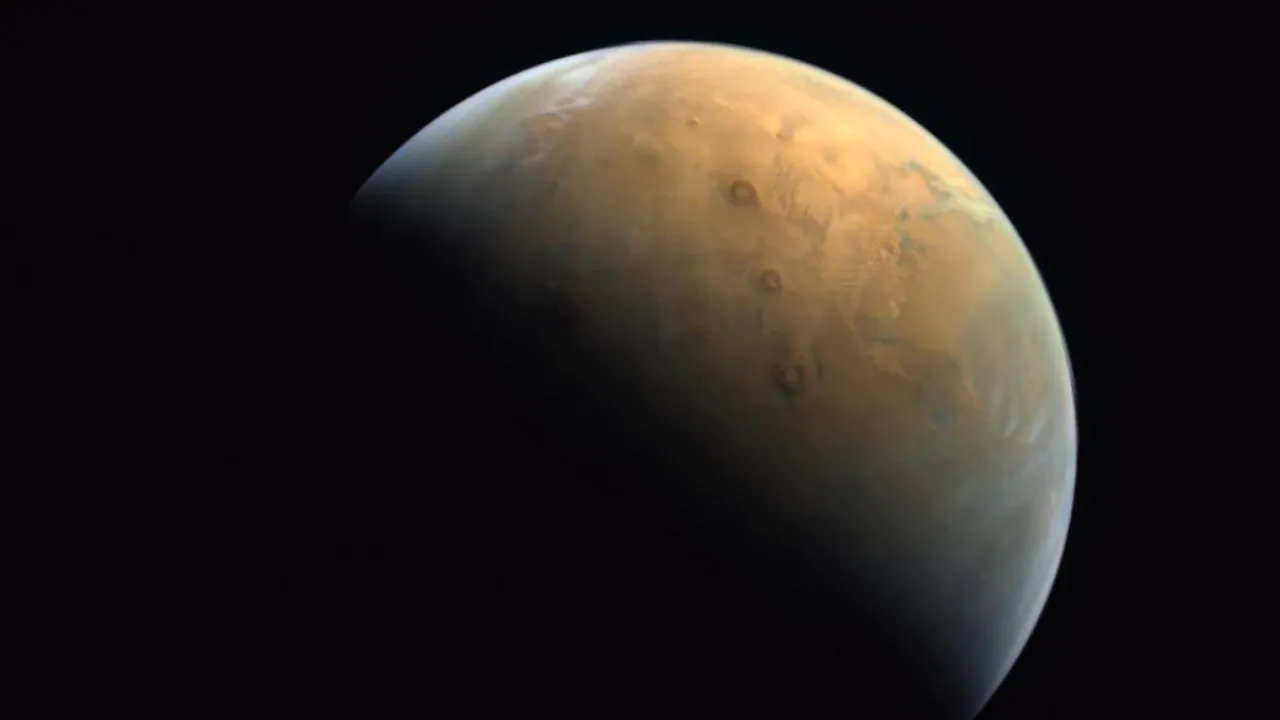FP TrendingJul 09, 2021 16:04:36 IST
An ice covered lake in the Amery Ice Shelf in East Antarctica vanished in 2019. The phenomenon was captured by the National Aeronautics and Space Administration (NASA) satellite and has now been analysed by scientists. When the ice shelf collapsed, the lake vanished in three days. It is believed that with the collapse of the ice shelf, the sea levels may rise. As much as 21 billion to 26 billion cubic feet of water was estimated to have been drained into the ocean.
Speaking about their research, Roland Warner who is a glaciologist at the University of Tasmania and lead author of the study published on 23 June said that the ice-covered lake had more water than Sydney Harbour which must have gone to the ocean below.
The team used NASA’s Ice, Cloud and land Elevation Satellite 2, or ICESat-2. They have predicted that the melting over Antarctica’s floating ice shelves is predicted to increase over the decades. A depression of 10 square kilometres was left due to the event.

Landsat 8 images over the Southern Amery Ice Shelf show the ice-covered lake before drainage and the resulting ice doline with summer meltwater. Image: Geophysical Research Letters
As per Weather.com, the lake was intact by 9 June but disappeared by 11 June in 2019. Scientists believe that the weight of water which was accumulated in the lake had opened a fissure in the ice shelf beneath the lake. This process is called hydrofracture and it causes the water to drain away.
With the help of NASA satellites, scientists have been able to improve their maps of the hidden lake systems under the West Antarctic ice sheet.
Using an advanced Earth-observing laser instrument, NASA was able to discover active subglacial lakes. Another study which was published in Geophysical Research Letters on 7 July demonstrates that with the help of ICESat-2, its predecessor ICESat and European Space Agency’s satellite CryoSat-2, active subglacial lakes can be monitored at timescales shorter than the repeat cycle of ICESat-2.
In future ice sheet dynamics, the evolution of Antarctica’s basal water system remains a major uncertainty, write scientists Matthew Siegfried and Helen Amanda Fricker in their newly published paper. Siegfried is the lead author of the study and an assistant professor of geophysics at Colorado School of Mines. Fricker is a glaciologist at Scripps Institution of Oceanography at the University of California San Diego.
The two researchers have provided an insight on how the hidden plumbing system determines the speed with which ice slips into the Southern Ocean. By the addition of freshwater, it may alter its circulation and ecosystems.










